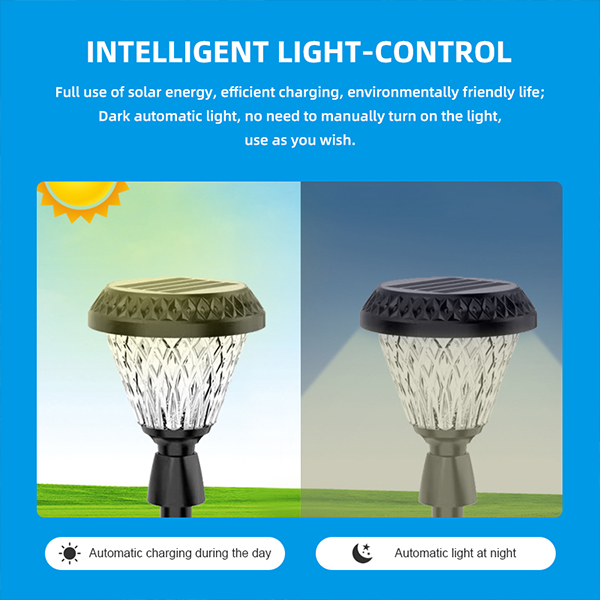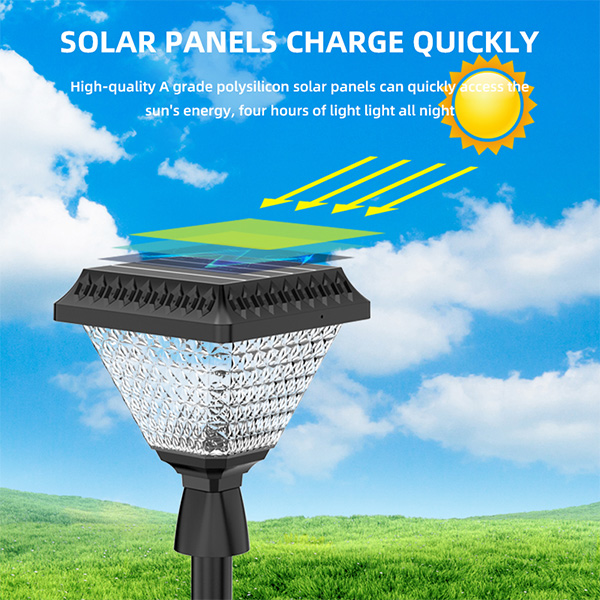A completely remodeled park along Biscayne Bay recently reopened to the public.The new facilities include a rebuilt sea wall, a road along the waterfront and dozens of native trees to replace 69 invasive Australian pines that were felled.
But from the Rickenbacker Causeway’s perspective, the most striking new feature is the 53 new solar-powered light poles that fully illuminate the park after dark.
There’s just one problem: the park is still closed at sunset.The public cannot benefit from the new lights.

WLRN is committed to providing trusted news and information to South Florida.As the pandemic continues, our mission is as important as ever.Your support makes it possible.Please donate today.Thank you.
According to bid documents and cost estimates obtained by WLRN, more than $350,000 was invested in new “safety lighting” in the public park.
“It’s about keeping homeless people from using it,” advises Albert Gomez, co-founder of the Miami Climate Coalition, which focuses on climate change policy.”Police like to patrol rather than get out of cars, and don’t have to walk through parks in the dark with flashlights. They’d rather have lights and be able to spot homeless people and drive them out.”
He cites a famous “hostile building” approach that uses strategic lighting to prevent loitering or homeless residents from congregating.
In 2017, Miami City voters passed the $400 Miami Perpetual Bond, paying a total of $2.6 million for park projects.The rest of the $4.9 million project is reportedly funded by grants from the Florida Inland Navigation District.City Records.Grants are used to rebuild seawalls.
Much of the money in the bonds will be earmarked for disaster resilience projects and strengthening infrastructure to deal with the reality of rising sea levels.The park project, officially known as the “Alice Wainwright Park Seawall and Resiliency” project, is one of the first partially completed bond projects.
“How does this increase resiliency given the ability of homeless people to sleep in parks?” Gomez asked.
A former member of the Miami Sea Level Rise Commission, Gomez was instrumental in including flex bonds on the ballot, passed by Miami voters in 2017.But even at the time, Gomez said he feared that the money would be spent on these projects had little to do with resilience or dealing with the contagious effects of rising sea levels and climate change.
He pushed the city to develop specific “selection criteria” that would apply a range of factors to ensure funding is directed toward addressing resiliency.In the end, the city came up with a simple checklist to determine how to spend the money.
“The way they qualify is because they’re solar lights. So by deploying solar lights in an aerial offer, you can meet the check boxes in their checklist to meet the resilience criteria,” Gomez said.”It’s a perfect example of how when you don’t have selection criteria, things get ‘ridden’ onto existing retrofit projects that aren’t really resilient.”
He worries that if things continue to remain the same, millions of dollars spent on combating the effects of climate change and sea-level rise will be used to fund projects that are better suited to be considered maintenance or inelastic capital improvement projects.He believes that the money should come from the general budget, not from Miami Forever bonds.
Gomez cited other ongoing projects funded by the bond for refurbishment of boat ramps, roof repairs and road projects.
Miami Forever Bond has a Citizens Oversight Committee that is able to make recommendations and audit how funds are used.However, the committee has rarely met since its inception.
At the most recent oversight committee meeting in December, board members began asking tougher questions about demanding tougher resiliency standards, according to the minutes.
Some of the most frequent visitors to Alice Wainwright Park are a group of homeless people who were skeptical of the resilience program from the start.

Alberto Lopez said the seawall was clearly in need of repair, but once the project started, Australian pines were cut down.The shack on the bay for people to barbecue has been destroyed and has not been replaced.According to the city plan, the pavilion should be entered in the second phase of the project.
“Destroy what’s in there, take out all the plants, and put in some new ones. Keep the money flowing,” Lopez said.”Come on, man, keep this city as it is. Don’t keep pestering it.”
His friend Jose Villamonte Fundora said he had been coming to the park for decades.He remembered Madonna once bringing him and his friends pizza when she was living in a beach house a few doors away.”Out of the goodness of her heart,” he said.
Villamonte Fundora called the resiliency project a “hoax” that did little to improve the lives of the park’s residents.He complained that a large part of what used to be an open field where children could play and throw footballs in front of the bay had been planted with trees and gravel paths.
In the project plan, the city said the new native landscaping and new path system were designed to improve drainage and make the park better able to withstand the effects of rising sea levels.
Albert Gomez continues to push the City of Miami to develop selection criteria to determine how resiliency funds will be used to ensure the maximum amount achieves its intended purpose, rather than projects solely unrelated to resiliency goals.
The proposed criteria will require an assessment of the location of the project, how many people the project will affect, and what specific resilience goals the funding is mitigating.
“What they’re doing is passing the inelastic projects and classifying them as resilient, and frankly, most of them should come from general funds, not bonds,” Gomez said.“Would it be harder for Capital Improvements to green light projects if the selection criteria were implemented? Yes, because that would require those projects to be truly resilient.”
Post time: Mar-23-2022




